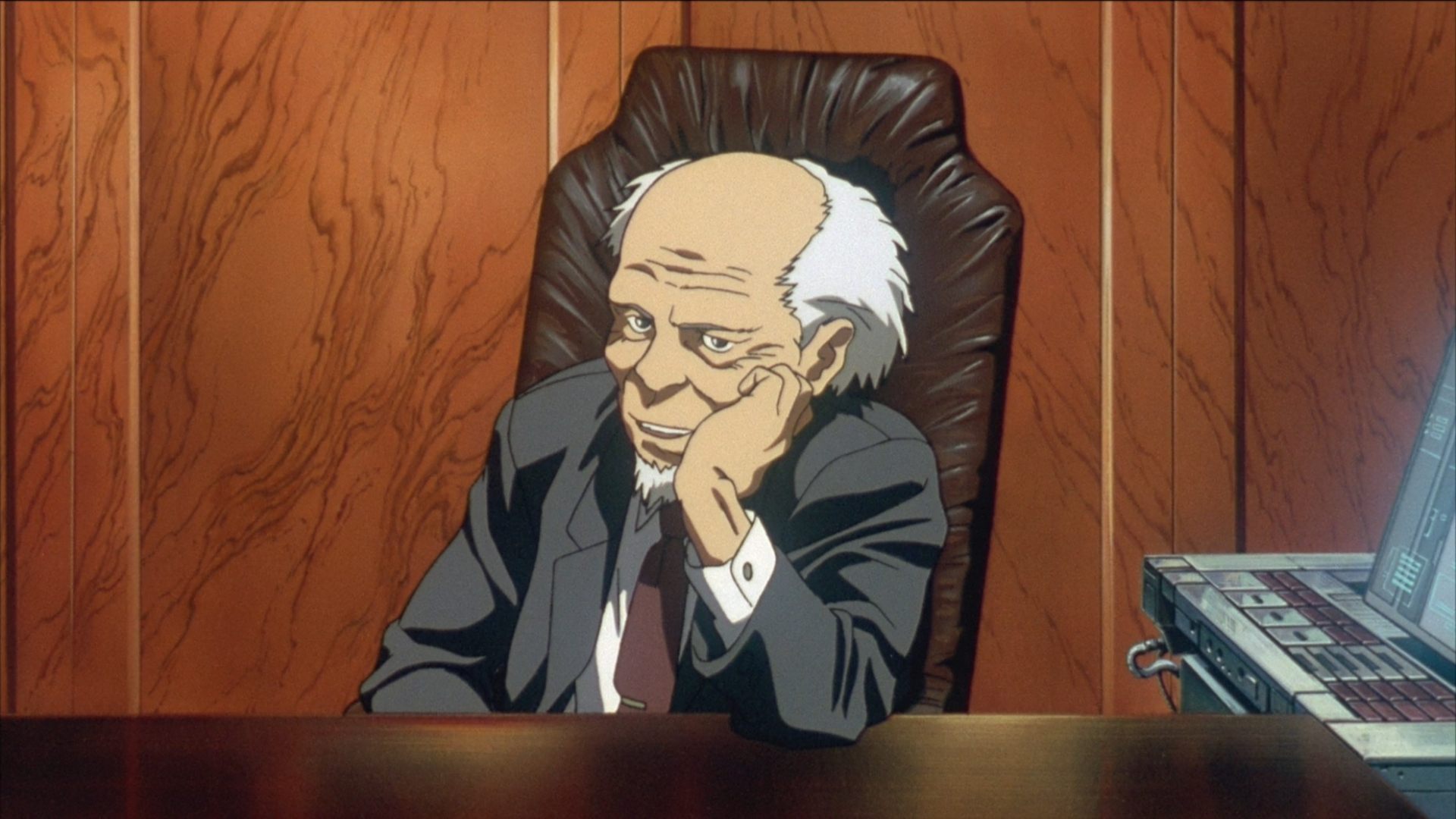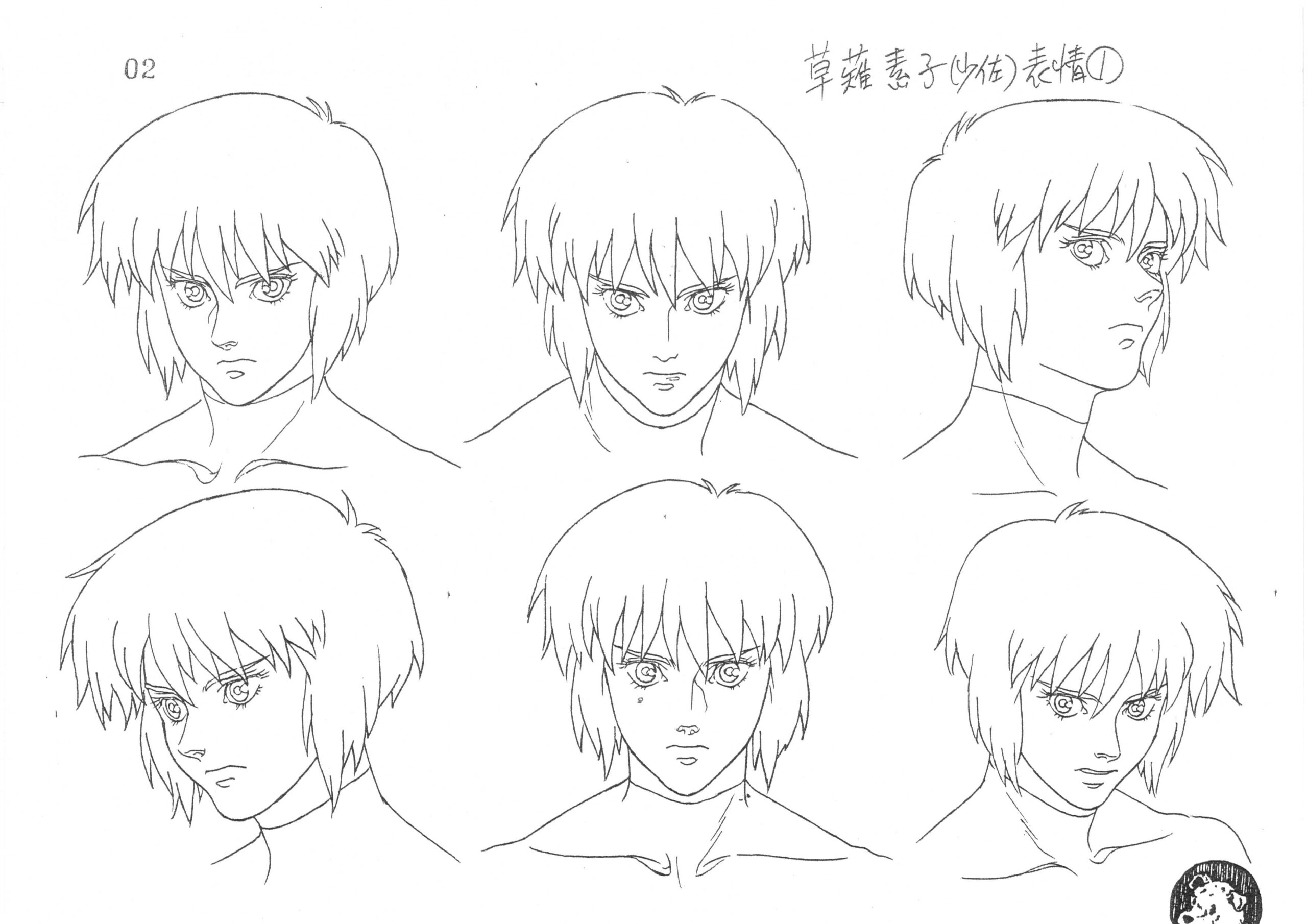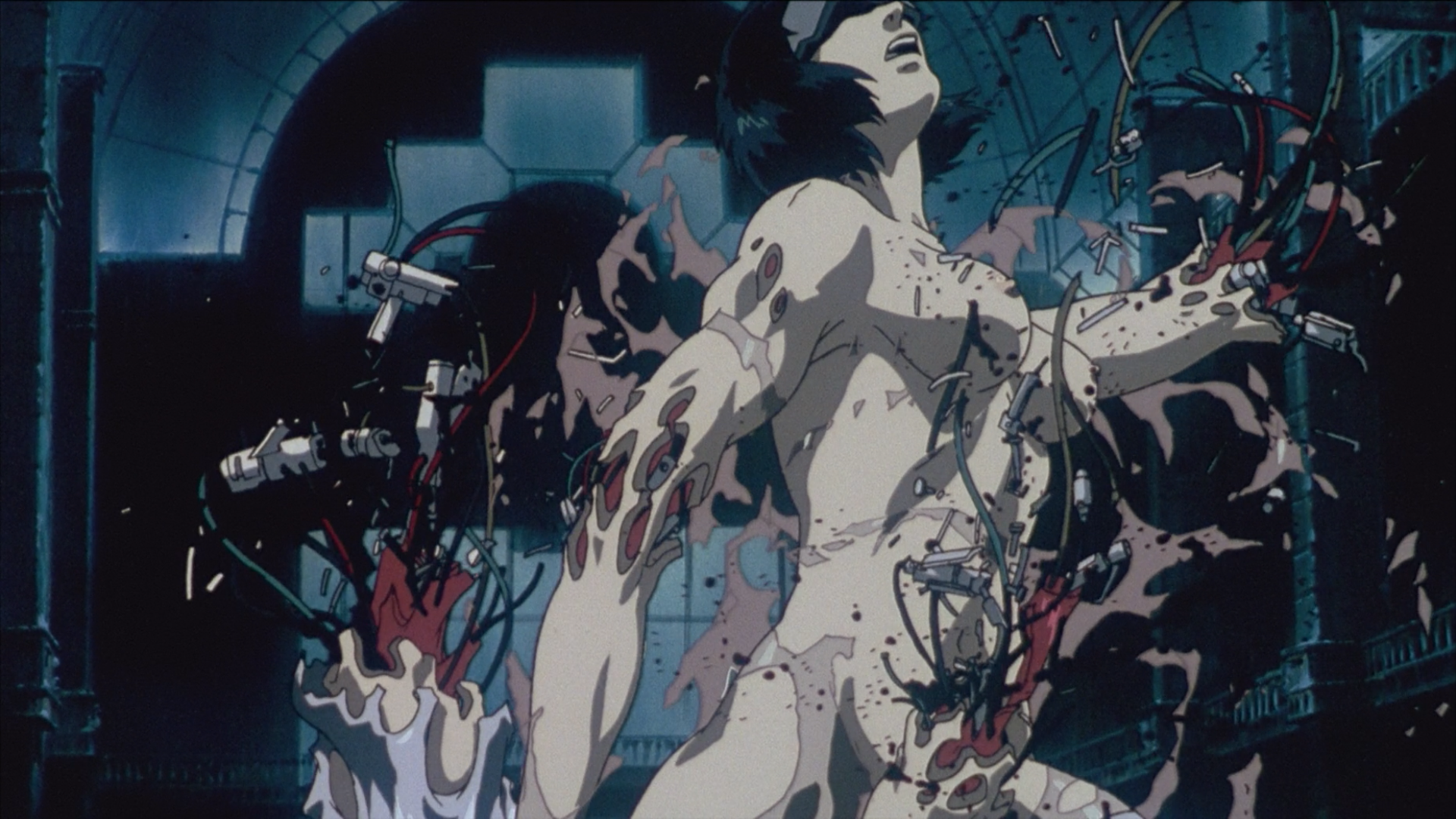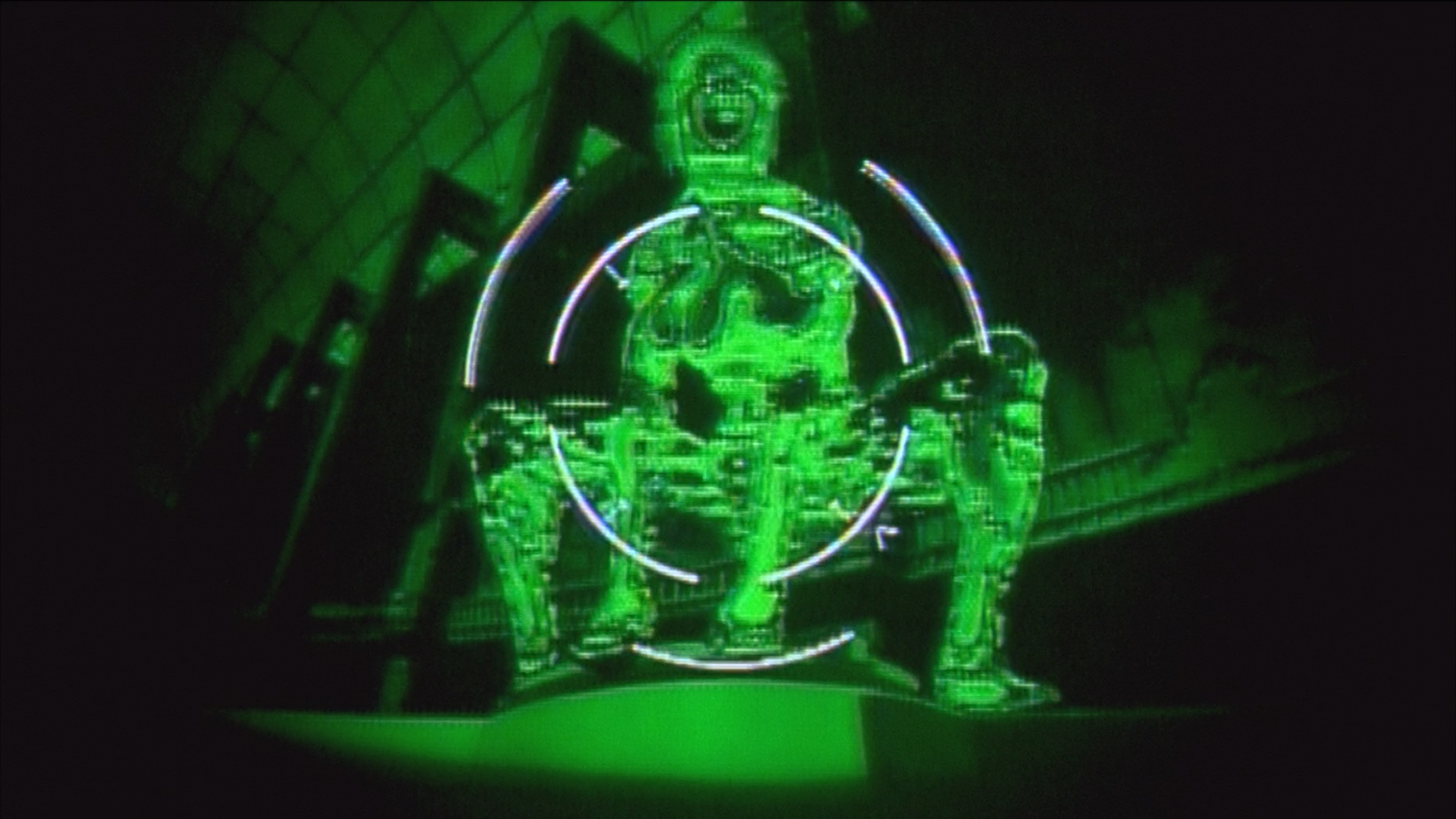
Struggles With Ghost in the Shell, As Encountered by Hiroyuki Okiura -An Animator’s Struggles and Joys- #03
Text: Miho OtobeThe film Ghost in the Shell was the first animated work for the eponymous series. While Mamoru Oshii took the director’s chair for the film, it was Hiroyuki Okiura who took on the role of animation director and character designer. Known throughout the animation industry and also widely among fans for his advanced animation skills, Okiura is stunningly well-composed in his assessment of his own artwork. Here, we sat down for a sincere talk with him about his animation.
#03 The True Joy of Drawing Is Seeing the Drawings Move
――What other artists have influenced you?
Hiroyuki Okiura (“Okiura” below): It varies over time, but in my mid-20s, I’d cut out designs or croquis drawings by Gustav Klimt and keep them on my desk. I feel like I was always on the hunt for skilled artwork that was completely new to me. In terms of manga artists, it would be Kei Ichinoseki. I’m pretty sure I remember Kise telling me about him. Ichinoseki’s art was so impactful it felt like the artist must live in a world and eat food unlike anything I’ve ever seen before.
――How do you use their artwork in your own drawings?
Okiura: Like if there’s an animator I respect, I start to get curious about what influenced them. I want to explore their art styles and techniques. This is true of everyone, but our various experiences develop our art styles, which then shape our individual creations. So I want to learn the roots of the art. There was no internet back then, so I had to physically go to bookshops that carried Ginza art books and others that carried American comic books and so on.

――That sort of physical hunt gave flesh and blood form to checking out a variety of works.
Okiura: That said, it isn’t like I put intense physical effort into it. I’m generally pretty soft on myself. I had a lot of diehards around me that would rush to get import laserdiscs of foreign films the moment they became available, and then share them with everyone. I owe people like that a lot, too.
――Did you ever want to get into drawing manga?
Okiura: I drew manga as a hobby in elementary school, but from middle school onward I started making anime with my friend. My friend’s dad was a camera hobbyist, so we’d use his 8 millimeter camera and platform. We’d make pictures we drew into anime using that. The first one we made was an anime adaptation of a manga we had drawn together. It was sort of a short promotional piece that was about a minute long. From then on, we made one or so each year for the culture festival, announcing them as we went. We created a 15-minute or so cel animation for our third year of middle school.
――You have to draw nearly-identical images repeatedly for anime, unlike manga. Didn’t that ever get old?
Okiura: But turn that around, and it’s something that’s over in two or three seconds if you can just hold out. That’s the positive side of anime work. Manga sticks around forever, which is rough. I don’t want to see my own still drawings, you see.

――Is that because any flaws eat at you?
Okiura: Yes. It’s extremely unpleasant for an animator when their drawings are frozen. From my perspective, Kise is incredibly skilled. I’m left in awe when I see his art, and I could look at it for as long as I want. But I doubt he sees it that way.
――What’s been the happiest moment for you in the course of your job as an animator?
Okiura: When the pictures form a scene and start moving, as you might expect. A part of me feels like moving pictures are priceless, and that there’s a fundamental joy in seeing something you drew in motion.
――There’s a lot of movement in Ghost in the Shell, and I get the feeling it’s fairly lavishly done. Does it use a lot of animation cels?
Okiura: Actually, it’s toward the low end. Oshii’s works have a mix of movement and stillness compared with other films. They can look lavishly done as a result, but the reality is that it takes a lower number of cels. We had budget conditions that prevented us from doing anything wasteful. Oshii also strictly adheres to deadlines, so he tends to take pre-editing cuts from the animation director’s rack. Of course, he picks among them, but still. That generates pressure to work with haste, since even cuts you might want to edit a little bit can be taken without time for editing and put into the film.
――Your own work as a director has received strong reviews, such as with Jin-Roh: The Wolf Brigade and A Letter to Momo. Do you want to direct again sometime?
Okiura: My work didn’t sell at all, though. (Laughter) There’s a fun side to directing, still, so I’d love to if I get a chance again. It’s just that if it came to directing while also drawing my own artwork for it… That’s rough, physically, so I’d have to think about how to go about it. And also, the director has to make objective decisions on the film. For example, they have to question whether it’s worth fixing issues and errors based on their impact on the film as a whole, considering the budget and deadlines. But if you’re invested in the title, then that makes it hard to be objective. At the same time, there’s a chance of improving the overall quality of a work by focusing on details that might seem irrelevant from the outside, so there’s a very difficult balance to strike.
――Over the last 10 years, 3D CG animation has made massive leaps forward. Do you ever want to take on that challenge?
Okiura: I’m not sure if you could say I want to, but I often think about it. When I first began animation work, Don Bluth had split off from Disney animations and had a lot of momentum, so that was my goal. But there were insurmountable differences between us. I’m sure it’s something about our ability to focus on goals or how we make technical improvements. I always felt like we were like amateurs next to them, when I think of it in terms of fundamental animation techniques. And that sense never really diminished until Disney left 2D animation.

――Do you think that same difference might be present in 3D CG circles, too?
Okiura: I do somewhat suspect so. At least, in the Japanese anime industry, I can’t really see what people aspire to when making CG titles, or who’s in the lead in that space. But Disney and Pixar continue to focus on quality group-wide, rather than through individual efforts.
That said, I’m sure new techniques and expressive styles have been invented in the Japanese film space, too, so there’s also potential for a uniquely Japanese way to emerge… And that’s the hope I want to hold on to.
(END)
HIROYUKI OKIURA
Born in 1966. A native of Osaka Prefecture. After hiring on at Anime R, he made his debut as animation director with Star Musketeer Bismark. Made his directorial debut with Jin-Roh: The Wolf Brigade. In addition to winning the Grand Prize for feature films at the New York Int’l Children’s Film Festival for A Letter to Momo, the film he created, directed, and wrote (a first for any Japanese film), he has won numerous other awards, including an award for excellence at the Japan Media Arts Festival, held by Japan’s Agency for Cultural Affairs. In the Ghost in the Shell series, in addition to the film Ghost in the Shell, he served as character designer and animation director for Innocence and handled key frames for Ghost in the Shell: Arise.

